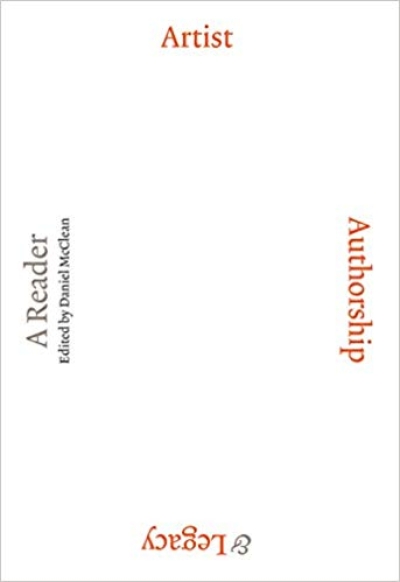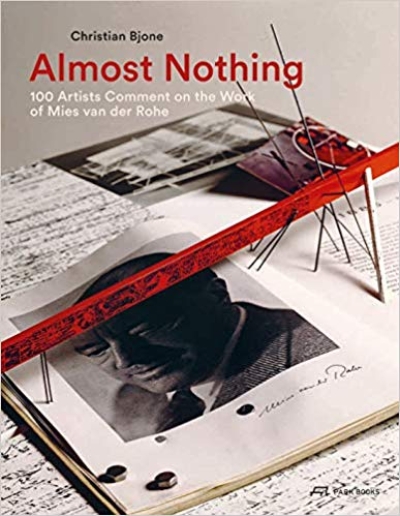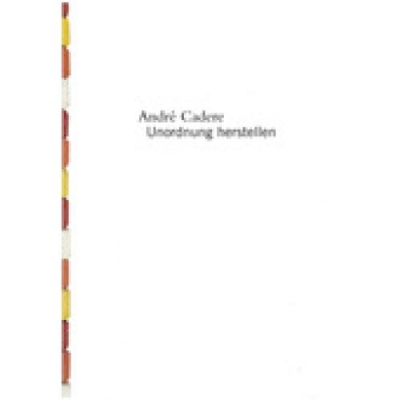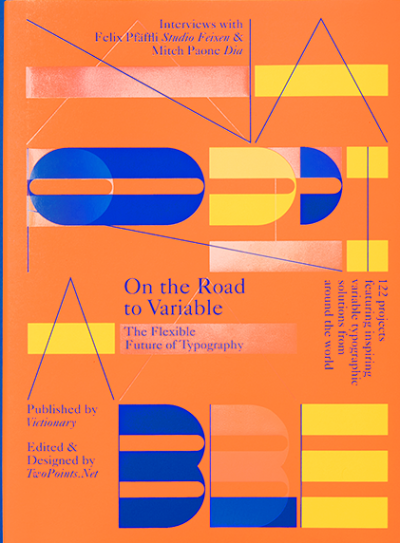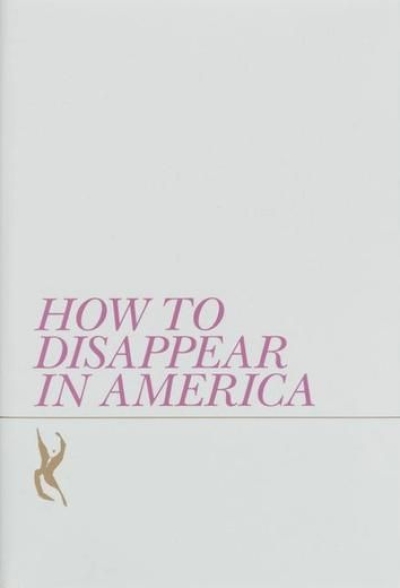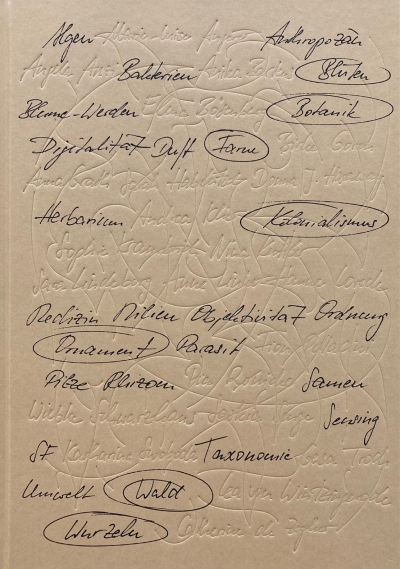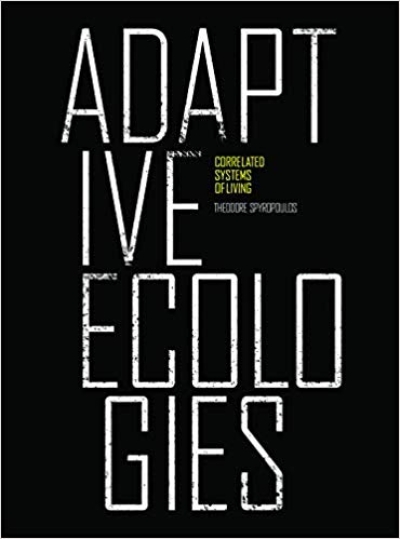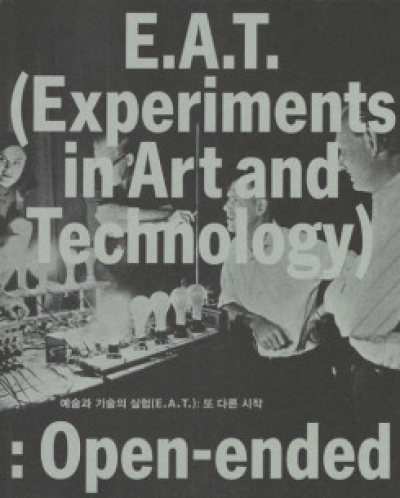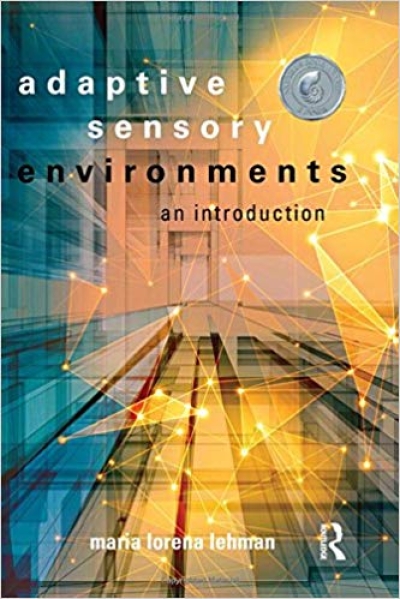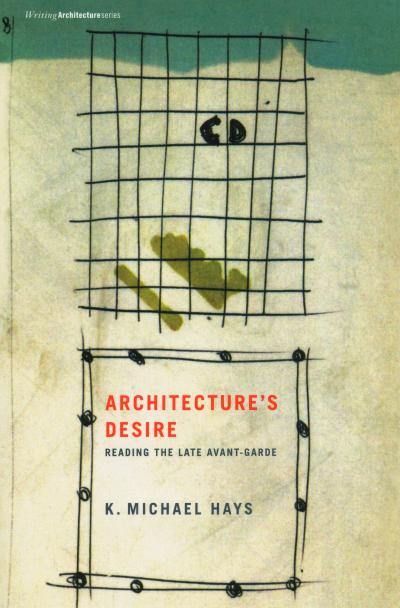
Architecture's Desire. Reading the Late Avant-Garde
While it is widely recognized that the advanced architecture of the 1970s left a legacy of experimentation and theoretical speculation as intense as any in architecture's history, there has been no general theory of that ethos. Now, in Architecture's Desire, K. Michael Hays writes an account of the "late avant-garde" as an architecture systematically twisting back on itself, pondering its own historical status, and deliberately exploring architecture's representational possibilities right up to their absolute limits. In close readings of the brooding, melancholy silence of Aldo Rossi, the radically reductive "decompositions" and archaeologies of Peter Eisenman, the carnivalesque excesses of John Hejduk, and the "cinegrammatic" delirium of Bernard Tschumi, Hays narrates the story of architecture confronting its own boundaries with objects of ever more reflexivity, difficulty, and intransigence.
The late avant-garde is the last architecture with philosophical aspirations, an architecture that could think philosophical problems through architecture rather than merely illustrate them. It takes architecture as the object of its own reflection, which in turn produces an unrelenting desire. Using the tools of critical theory together with the structure of Lacan's triad imaginary-symbolic-real, Hays constructs a theory of architectural desire that is historically specific and yet sets the terms and the challenges of all subsequent architectural practice, including today's.
"At the very moment when the death of theory by the victorious sword of the real has been loudly proclaimed, Michael Hays' lyrical return to the 1970s when architecture first fully realized its potential to become a conceptual practice is both welcome and much needed. His close attention to key works by Hejduk, Eisenman, and Rossi uncovers striking connections between this commonly repressed substratum and the instrumental shifts recently taken by architects such as Bernard Tschumi and Rem Koolhaas and persuasively turns the 'reality' of contemporary architecture upside down to reveal our new 'real' to be driven by forces more mysterious and intangible than ever."
—Sylvia Lavin, Director of Critical Studies and MA/PhD Programs, UCLA Department of Architecture and Urban Design
"K. Michael Hays has written an elegant and incisive analysis of the changing ontologies and political strategies of late avant-garde architecture. Architecture's Desire opens up architecture's post-1960s inventions to new ways of thinking to explore the sometimes wild and often impossible desires immanent within architecture, and to follow the unpredictable movements and forces that architecture most recently embodies and makes possible. An exciting view of the unconscious of architecture!"
—Elizabeth Grosz, Department of Women's and Gender Studies, Rutgers University, and author of Architecture from the Outside











